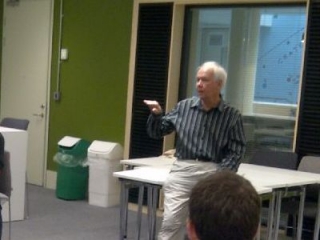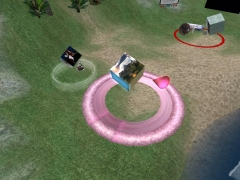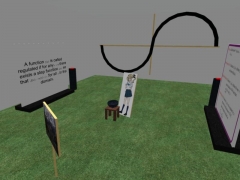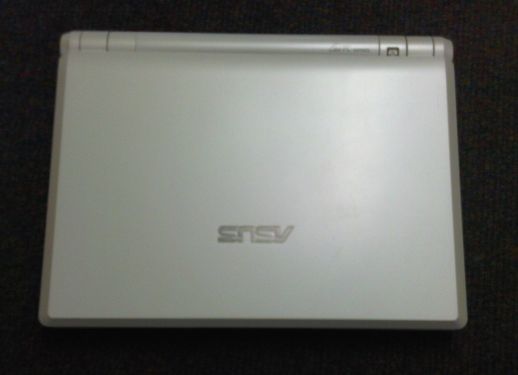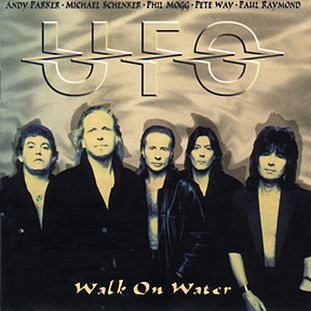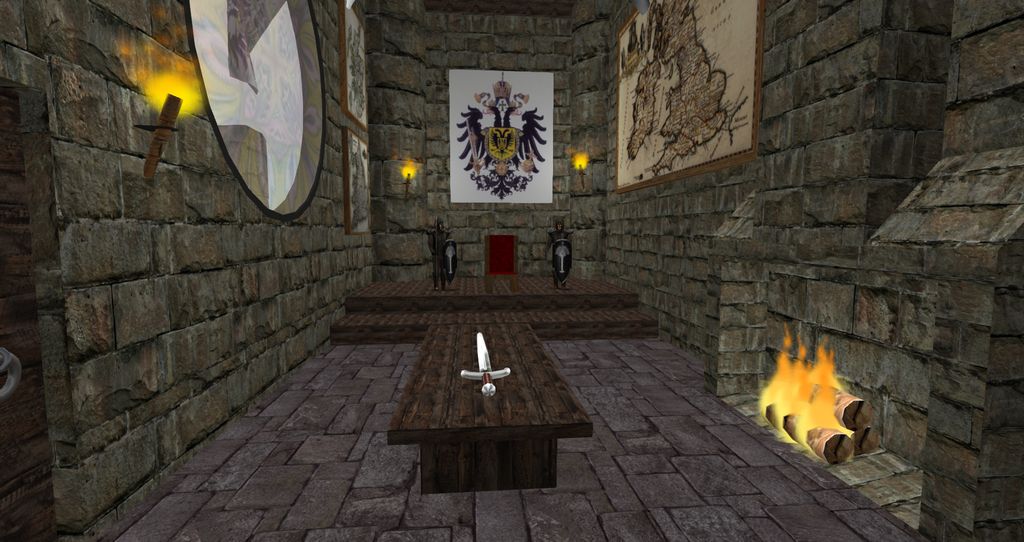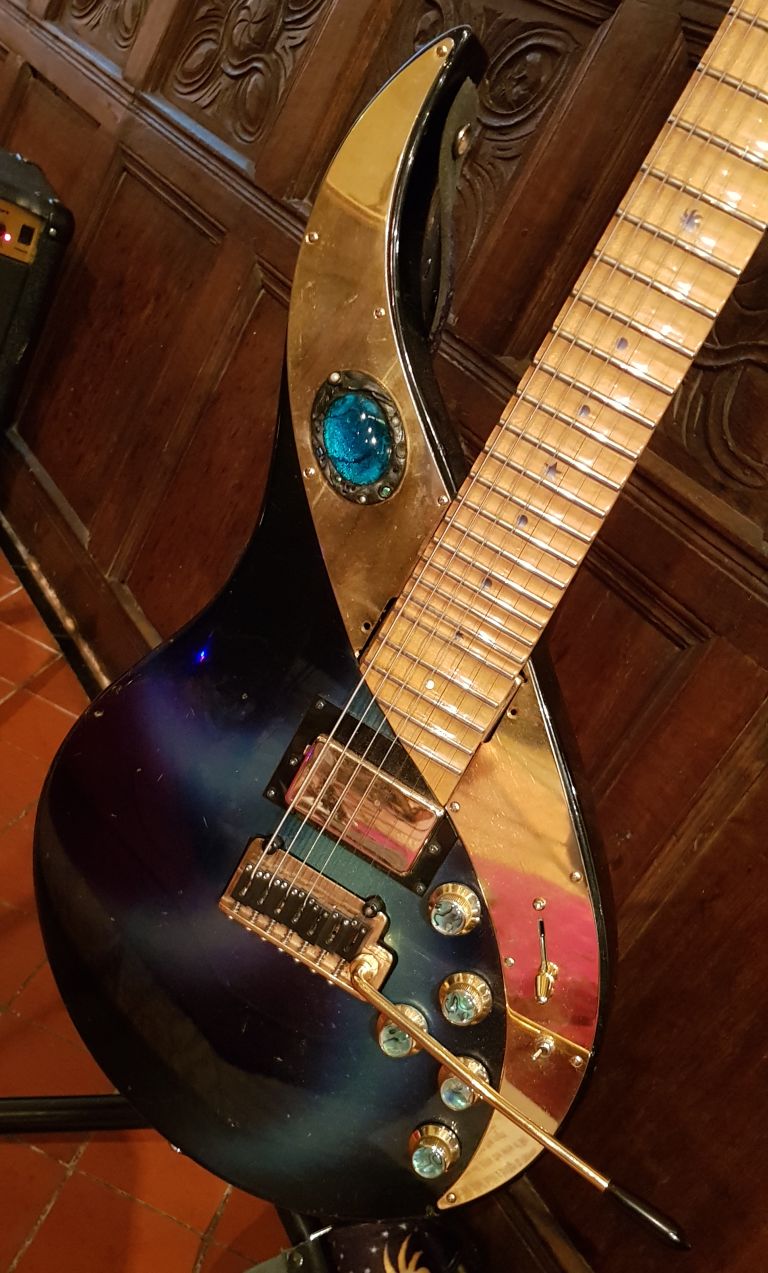 Recently saw the final lecture of a new and innovative module which I’ve been teaching at the University of Warwick. “Virtual Mathematics”, the main thrust of which was to discuss various ways of disseminating mathematics online. The module is technically only half way through, next term will be spent developing individual online projects which form 50% of the credit, but with the main teaching element over, it seems a convenient point to reflect on how it’s gone so far. The module is designed for second year undergraduates in the Mathematics department, and carries “12 CATS” credits (nominally equivalent to 6 ECTS credits).
Recently saw the final lecture of a new and innovative module which I’ve been teaching at the University of Warwick. “Virtual Mathematics”, the main thrust of which was to discuss various ways of disseminating mathematics online. The module is technically only half way through, next term will be spent developing individual online projects which form 50% of the credit, but with the main teaching element over, it seems a convenient point to reflect on how it’s gone so far. The module is designed for second year undergraduates in the Mathematics department, and carries “12 CATS” credits (nominally equivalent to 6 ECTS credits).
Background
This has been an idea I’ve been mulling over for a while now, driven by my experiences with Mathematics in Second Life and this blog along with my involvement in the University’s gifted and talented programmes NAGTY, and more recently IGGY. Last year I finally put together a proposal and to my surprise it went through all the formal approval channels quite smoothly, as well as the Head of Department allowing me to actually put it on. As an added incentive it has also received funding from the University’s “Institute for Advanced Teaching and Learning (IATL)” to evaluate it formally; if it works for mathematics then there is no real reason why, with a few minor changes, it couldn’t become transferable to other disciplines. For the first year of running the numbers were severely restricted because of the worry of the unknown: the module uses several platforms including the University’s “SiteBuilder”, Moodle, MediaWiki and raw HTML on the modules own domain (MA255.net), Second Life and Prezi. With so much potential for things to go wrong caution was the watchword, but if it runs again next year numbers can easily be increased with increased confidence from this year’s experiences.
| Visit from Ian Stewart to discuss popular science writing. |
Basic Idea
The idea is for the students on the module to explore several different, and sometimes innovative, ways of disseminating mathematics online. Each week, or couple of weeks, saw the introduction of some new concepts with them all being brought together in the final week. Half the credit of the module was available during the term in the form of a reflective blog that each student was required to regularly update and comment on, a group Wiki highlighting what they had been learning and regular class tasks, often done in small groups. The Wiki was designed to be a more technical reflection of how to present and use various tools while the blogs were to be used to reflect more on the learning process.
The module was originally envisaged to explore how to disseminate ideas to three specific types of audience: Gifted and Talented teenagers, “Public Understanding of Science” and fellow Undergraduates, but quite quickly a fourth was added at the request of the students on the module of struggling school children.
For the weekly seminars we used the recently refurbished teaching rooms in the University’s Ramphal Building, these rooms have been renovated over the summer, under the guidance of IATL, to provide flexible teaching spaces, which meant that it was easy to set the room up in different configurations of chairs and tables (or none) along with having the necessary AV tools at my disposal.
Most sessions started with a warm-up (provided by Andrew, by TA for the module), usually solving a problem presented to them as a group, think along the lines of the famous goat, cabbage, fox problem but requiring a little more thought!
Approximate Syllabus
- Basic HTML (creating web pages from scratch)
- Introduction to LaTeX and how to embed in web pages (using MathJax)
- SiteBuilder
- Knowing your Audience (including a session with Ian Stewart on writing popular science books)
- Web 1.0: Blogs, Wikis and Forums for dissemination (including impromptu use of Twitter to discuss a maths problem)
- Using Prezi to design online presentations
- Using Jing to explore screen captures
- Second Life (basic movement, building, scripting and importing web based material)
- Bringing it all together
| Second Life tasks. | |
Highlights and Comments
Overall the module has been highly enjoyable, although only having one two hour session a week has been a little restrictive and may need to be rethought next year. There have been some topics where a lot more time was needed than I had anticipated, and the warm-up exercises always seemed to go on longer than planned. The in-class tasks have also felt a little rushed, although there is nothing wrong with a tight timescale to focus the mind! There has also been the benefit of being able to leave completion of some tasks as a homework assignment; flexibility of the module over both this and the timetable of topics covered was a real bonus as an educator.
The major surprise of the module came early on when we covered basic HTML and hardly any of the class had written web pages from scratch. Perhaps it is just a sign of my age that by the time these students were aware of the internet it was no longer necessary to be able to write HTML because there were much easier ways to publish stuff to the web. The pride of writing a page form scratch, however simple, and uploading to the web to be instantly viewable was palpable. The implementation of LaTeX was also straightforward, with a locally installed version of MathJax which is my own personal favourite (over Mimetex).
The wiki module on the module’s Moodle (2.3) installation was found to be too clunky for the students working on the group wiki, and so MediaWiki was installed. This meant that an additional sign in was required but it made the wiki development a more pleasurable experience. To be honest the blogs on Moodle are also rather limited and I toyed with the idea of installing WordPress, but still preferred as much as possible to be contained within the single sign-in.
The Second Life sessions were more productive than I had feared, even those who had never tried it before picked it up very quickly and by the end of the second session we had covered enough for every student to be able to carry out some reasonably complex tasks. It would have been nice however to have been able to try at least one session entirely virtually, although perhaps that will happen next term as we discuss progress on the individual projects.
Summary
The experience so far has been an overwhelmingly positive one, and has been great fun to put together. There are several areas I may wish to expand on if it runs again next year, most importantly a little more contact time every week (or perhaps some timetabled virtual meetings). I’m looking forward to helping the students put together their projects next term, and hopefully at the end of next term I will be writing another positive blog entry about the experience!






